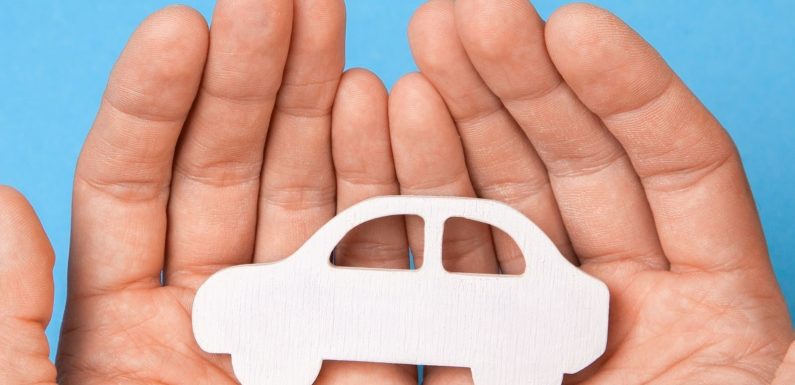
The question about car insurance is, “How can I determine the coverage that suits me best?” The response to this inquiry differs significantly based on individual lifestyle, driving patterns, and financial status. Before delving into the particulars of finding the appropriate coverage, let’s begin by exploring the diverse options of car insurance coverage accessible.
- Liability coverage – This form of protection handles expenses for injuries and damages to others and their property in case you’re responsible for an accident. It’s typically mandated as the minimum coverage in many states.
- Collision coverage – This type of coverage covers the repair costs for your vehicle if it sustains damage in a collision with another car.
- Comprehensive coverage – This coverage deals with damages to your vehicle that arise from incidents other than collisions, such as theft, vandalism, or natural calamities.
- Uninsured/underinsured motorist coverage – This coverage pays for your medical expenses and damages if you’re involved in an accident with a driver without insurance or insufficient coverage.
- Personal injury protection (PIP) – This coverage pays for medical expenses and lost wages if you or your passengers are injured in an accident, regardless of who was at fault.
Right coverage for your lifestyle
- Driving habits
- How often do you drive? Do you commute to work every day or only use your car for occasional weekend trips? If so, you may need higher liability coverage.
- Do you live in an area with a high risk of theft or natural disasters? If so, consider comprehensive coverage.
- Vehicle
- How valuable is your car? If it’s a newer, more expensive model, you’ll likely want collision and comprehensive coverage to protect your investment.
- Do you have any outstanding loans or leases on your vehicle? If so, your lender may require you to have specific types of coverage.
- Financial Situation
- Higher deductibles lower your monthly costs, but you’ll have to pay more out of pocket if you need to file a claim.
- Do you have enough savings to cover the cost of repairs or medical expenses if you’re involved in an accident? If not, consider higher liability and uninsured/underinsured motorist coverage.
Once you’ve considered these factors, you start to piece together the right car insurance coverage for your needs. Here are some examples of how different lifestyles might affect coverage choices:
Example – Busy commuter
If you’re someone who drives long distances to and from work every day, you may want to prioritize the following coverage:
- Liability coverage – High limits to protect you in an at-fault accident.
- Collision coverage – To cover the cost of repairs to your vehicle if you’re involved in a collision.
Even after choosing your car insurance coverage, reviewing and updating it regularly is essential. Take the time to review your policy and coverage limits every year, significantly if your life circumstances have changed. If you’ve purchased a new vehicle, moved to a new area, or changed your driving habits, update your coverage accordingly. Consider new discounts or savings opportunities, such as bundling your car insurance with other policies or taking a defensive driving course.

